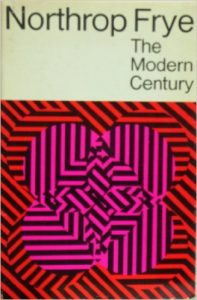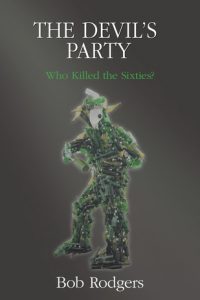HA&L (Hamilton Arts & Letters), an award-winning online journal edited by Paul Lisson and Fiona Kinsella, has recently published two issues on Frye and his book The Modern Century, the print version of three lectures which Frye originally delivered at McMaster University in 1967, Canada’s centennial year. Here is a list of the articles and contributors, with accompanying links.
Issue Seven.2: The Modern Century
Thomas Willard, “Making it New: Frye and Modernism.” (here)
John Robert Colombo, “The Love of Four Kernels: A Frye Fantasy.” (here)
Jeffery Donaldson, Poetry: “House of Cards” and “Museum.” (here)
Gary Michael Dault, Short Fiction: “The Last Hours of Northrop Frye.” (here)
Brian Russell, “Frye and Hoggart on Film and TV: An Alternative to the Postmodern Paradigm.” (here)
Issue Eight.1: The Educated Imagination
Robert D. Denham, “Northrop Frye, M. H. Abrams, John Keats, and the Co-ordinates of Art Criticism Theories.” here
Joseph Adamson (Guest Editor), “Maladjusting Us: Frye, Education, and the Real Form of Society.” (here)
Mervyn NIcholson, “Frye’s Desire.” (here)
Ed Lemond, “Beckett and the Alienation of Progress.” (here)
Michael Sinding, “Mythology on the Move: Narrative Archetypes in Framing and World View.” (here)

